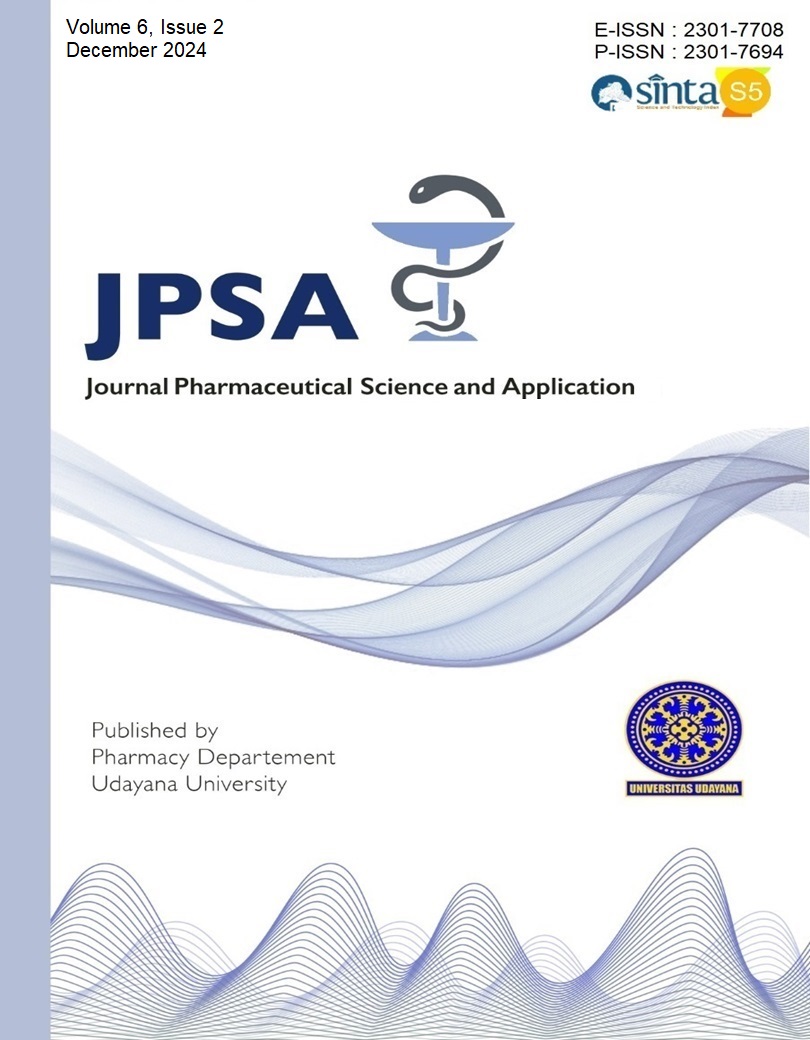QUALITY ASSURANCE OF SMALL VOLUME PARENTERAL PRODUCT WITH QUALITY BY DESIGN APPROACH: A REVIEW
Abstract
Background: Nowadays, many small-volume injection products are circulating on the market. Small-volume parenteral (SVP) products are usually designed for treatment purposes that provide systemic effects. If it is not produced strictly, the product will be hazardous and even life-threatening. Quality assurance is one of the primary tools used to ensure the acceptable performance of SVP products. Quality by design (QbD) represents a systematic strategy for product development that starts with setting a target product quality and emphasizes product process control based on a scientific approach and quality risk assessment. The purpose is to ensure SVP product quality from design to production process. Objective: This review will determine generally Critical Quality Attributes (CQA), Critical Material Attributes (CMA), and Critical Process Parameters (CPP) in terms of explaining the quality assurance of SVP products with a quality-by-design approach. Methods: All articles were obtained by electronic search using ICH guidelines, Science Direct, and Google Scholar. Results: From the literature review, it was found that using a quality-by-design approach through integrated CQA, CMA, and CPP can produce SVP products that comply with QTPP (Quality Target Product Profile) and regulatory requirements. Conclusion: QbD has been established as a valuable scientific approach for ensuring quality assurance within the pharmaceutical industry. Pharmaceutical companies prioritize obtaining regulatory approval before introducing any product to the market.
Keywords: Critical Process Parameter; Critical Quality Attributes; Quality by Design; Parenteral; Small Volume Parenteral.
Downloads

This work is licensed under a Creative Commons Attribution 4.0 International License.
Authors who publish with this journal agree to the following terms:
Authors retain copyright and grant the journal right of first publication with the work simultaneously licensed under a Creative Commons Attribution License that allows others to share the work with an acknowledgment of the work's authorship and initial publication in this journal.
Authors are able to enter into separate, additional contractual arrangements for the non-exclusive distribution of the journal's published version of the work (e.g., post it to an institutional repository or publish it in a book), with an acknowledgment of its initial publication in this journal.
Authors are permitted and encouraged to post their work online (e.g., in institutional repositories or on their website) prior to and during the submission process, as it can lead to productive exchanges, as well as earlier and greater citation of published work. (See The Effect of Open Access).

This work is licensed under a Creative Commons Attribution 4.0 International License.


 HOME
HOME
















